Production Flexibility is the Key To Automakers' Survival (Oh So NOW You Tell Me)
Production maven Laurie Harbour-Flex has a guest column in Automotive News [sub] that could easily run as a Deathwatch editorial on any of The Big 2.8. Describing the tough conditions that automakers find themselves in, Harbour-Flex argues that flexible production lines will be key in determining who survives and who doesn’t. As the market for new cars swings from segment to segment, chasing volatile fuel prices, manufacturers who can shift production on the fly to meet changing demand will do well. The upshot? Japanese firms use flexible production, Detroit doesn’t. Sure, Chrysler (for example) can claim that its Belvedere, Ill plant is “fully flexible,” but the Patriot and Compass are built on identical platforms. True flexibility, argues Harbour-Flex, means the ability for a manufacturer to “produce any vehicle in their lineups within their body, paint and assembly shops.” And this actually happens. Honda’s Alliston, Ontario plant builds the Honda Civic and Ridgeline and the Acura CSX and MDX, while its East Liberty, Ohio plant produces the Honda CR-V, Civic and Element. Harbour-Flex identifies four key points that are necessary for truly flexible production.
— Common vehicle architecture: All vehicles and platforms must be designed to be assembled in the same order.
— Common assembly processing: Equipment and sequence of assembly operations must be the same in all plants.
— Training: Employees must be trained in common methods for design, engineering and manufacturing.
— Suppliers: They must be on board with common design and processing and must be able to react to volume and complexity.
More by Edward Niedermeyer


















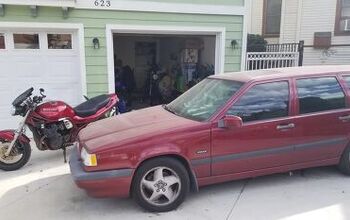
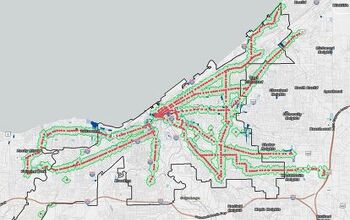
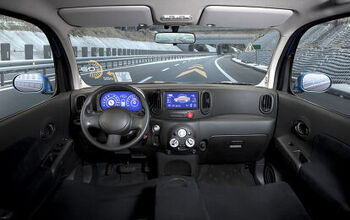
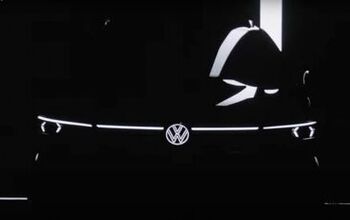


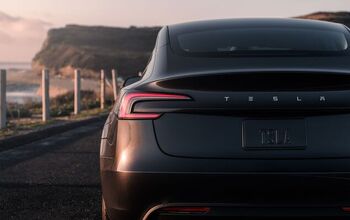
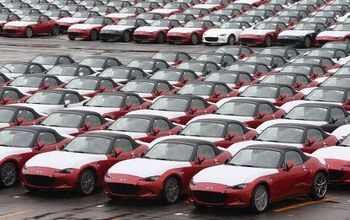
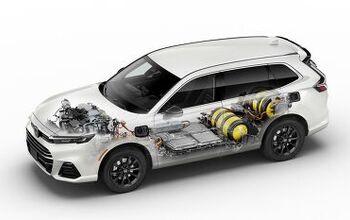
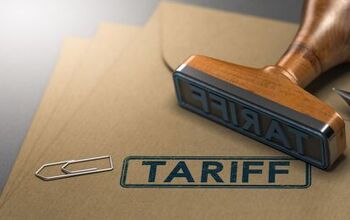
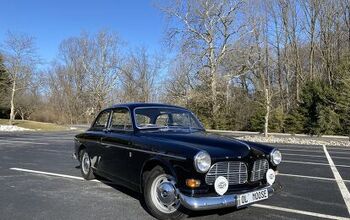
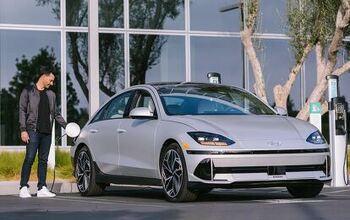
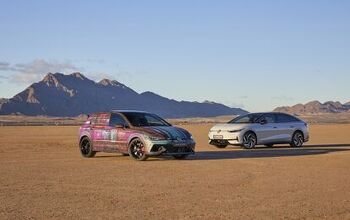
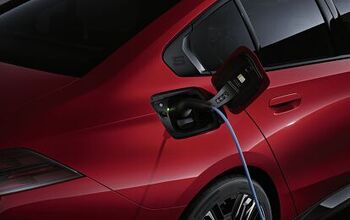
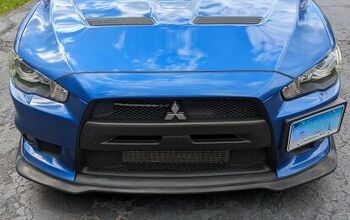
Comments
Join the conversation
Generally, Honda runs similar vehicles on the same line (small CUVs with Civics, Ridgeline/Pilot/Odyssey) but they can stretch a bit. East Liberty (nominally the Civic plant) has built Accords and the first gen CL. Honda runs in lots, usually 30 or 60 identical vehicles (sometimes 3 or 5 for special export models). Usually the "odd sized" vehicles will be grouped together. Note that the entire lot is the same color same trim. For double (body AND options) flexibility check BMW. But they have a lot higher margin to play with.
Here's an account of flexibility at Toyota's 40k vehicles per month Kyushu plant. "Sounds complex? It is. Add to it that the takt time, or how often a vehicle needs to come off the assembly line to meet demand, can range from 90 seconds down to less than 50 seconds. Seconds. That takt time is constantly changing to accommodate demand. Think about how the changes in demand blow back to supply chain requirements and supply chain flexibility. "Now... think about this: the same assembly operation doesn't just make a vehicle with different colors, or even a vehicle with different options, or even a vehicle with radically different technology (like conventional versus hybrid models), it makes completely different vehicles. Continually, constantly changing, units of one. Hundreds of permutations, many as radical as completely different vehicle chassis. Every sixty seconds. A car to an SUV to a hybrid version of that SUV back to a car... think about the material flows, line balancing, standard work required to keep such a line humming along. That should give pause to anyone believing that Toyota doesn't do mixed model production, or that quick changeover is a pipe dream."
So will we ever hit a point in the coming future where few if any humans will be needed to work on an assembly shift? Is it possible to make a totally automated system? Yes, stupid question but it could happen. By assembly shift, I mean the actual grunt work and not the technical area of it.